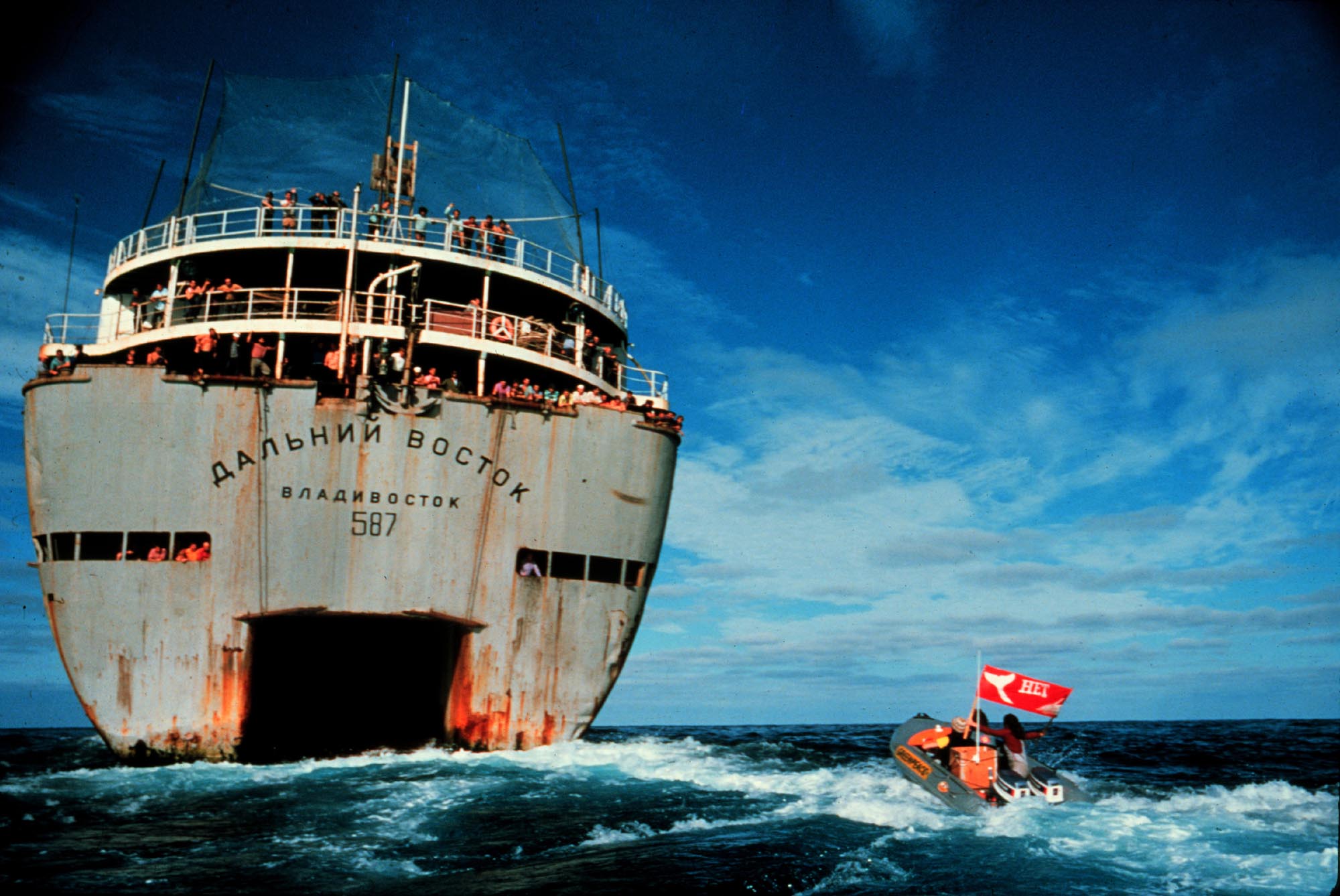Canadian documentaries at Hot Docs 2015

Photo courtesy of Mountain Film
From the frightening to the joyful, stunningly shot to barely captured, heart-breakingly poignant to the explosively funny, melancholically slow to the mercurially fast-paced, the 200 documentaries that screened at this year’s Hot Docs film festival in Toronto once again defy summation. The variety of subjects competed with the inventiveness of forms, often provoking the question, “But is it documentary?” Some Canadian entries successfully take on bold ways of telling real life stories that confound representation, others not so much.
The Amina Profile, which won the Special Jury Prize for a Canadian feature documentary, was surprising not only in the story it told, but also how director Sophie Deraspe unpacks it—with the slow burn of a mystery thriller. Beginning with an account of an online romance between Sandra Bagaria, a Montreal woman, and Amina Arraf, a Syrian-American woman living in Damascus, the film gradually changes from being about the Syrian uprising to something else.
A budding romance thrives on idealistic expectations of the uprising. Encouraged by Sandra, Amina begins a brave blog, “A Gay Girl in Damascus,” to report on-the-ground stories of resistance. Her accounts become popular, but within weeks Amina is abducted, and Sandra begins her campaign to find her. When no one, not even the U.S. state department, can help, the international hunt for the blogger takes the shape of an intriguing thriller. When finally Sandra’s search for her online lover finds its object we are left marvelling at the mysteries of subjectivity in the realm of virtual reality. Will you feel fooled or seduced by Deraspe’s visual invention? You will have to find out for yourself.
Another, almost legendary subject defying straightforward visual representation is Anas Aremeyaw Anas, the masked hero of Chameleon, directed by Ryan Mullins. A Ghanaian investigative journalist, Anas finds and reports on the perpetrators of corruption, sometimes working in tandem with police to jail the criminals he interviews. Like the British graffiti artist Banksy, Anas is a mysterious person. When not in disguise, he wears a hat with a bead screen dangling in front of his face.
Though legally problematic, Anas’s work could be seen as a kind of super-heroism, all the more for its incognito status. It would be a challenge for anyone to capture this character—the human face is gold for the documentary filmmaker, providing the readable surface of myriad expressions—and Mullins, who won the Emerging Canadian Filmmaker award, never quite solves that problem. He barely manages to follow the action unleashed by his hero, as the audience hangs on desperately.
No Place to Hide: The Rehtaeh Parsons Story features another unrepresentable hero, international hacker group Anonymous, but the film’s focal point is the unfathomable cruelty of online bullying that drove the raped and harassed Nova Scotian teenager to suicide in 2013.
While director Rama Rau succeeds at capturing the enormity of the crime, through the articulate bafflement of Rehtaeh’s parents at the institutional stonewalling of their daughter’s tragic collapse, she barely approaches the fundamental question of how teenage boys could circulate videos of a passed-out victim being raped and get away with it—until, that is, Anonymous, the self-styled Robin Hoods of the web, made it their business to correct it. The unintended, bitter irony of the film is that it is Stephen Harper, not Anonymous, who gets face time as being tough on crime.
All the Time in the World takes on time itself in the form of a family living in the Yukon wilderness for nine months of winter. The children’s wish to have their parents around all the time, not worried about work, is granted when their parents leave their jobs to live in a cabin in the woods, cats and dog in tow. What does a family at play for nine months look like? A lot of cooking, baking, sleeping, reading stories and crying, getting married to fictional characters and engaging with bears.
“Inside is our storage place, but outside is actually our home,” says one of the children. As home expands into the outside, the passing seasons provide the expansive stage for the blossoming of unfettered playfulness, in harmony with pure time, untroubled by the clock. Suzanne Crocker, the filmmaker and the mother of the subject family, took a beautiful risk with this documentary experiment. She has created a contemporary Walden that enfolds kids and adults in the inspiring dream of finally having time.
How to Change the World, about the origins of Greenpeace, is near the top of my favourites list from this year’s Hot Docs festival, and happily there were no problems involving the visibility of its subjects. Director Jerry Rothwell uses never before seen footage shot in the 1970s, brought together beautifully—it won the Special Jury Award for Editing at Sundance—and narrated by surviving members of the early group. We meet a motley crew of acid-dropping, draft-dodging, shit-disturbing, vegetarian, nudist, Buddhist tree huggers led, reluctantly, by Bob Hunter, and euphorically ready to take on the world. The film is a joyful celebration of the movement while also observing the difficulties it faced as Greenpeace grew internationally.
A final noteworthy Canadian entry, Jesus Town USA, by Julian Pinder and Billie Mintz, frames the change of faith in a young actor playing Jesus in the annual passion play of a small Oklahoma Christian community. The film is so well composed, theatrical and funny that many audience members later wondered if it was really a documentary. It honours the expressivity of the lead character (who has become a Buddhist and questions the existence of God) and his devoutly Christian community in a way that is not condescending.
The film’s style is so original—it’s doubtful two cameras have ever been put to such good use to record subjects representing themselves, as if life itself is a passion play—that it renders the strict categories of fact and fiction irrelevant. Once we acknowledge, as they say, that you can tell the whole truth only in fiction, we can finally appreciate the artistry of documentary, and its multiple modes of representing the invisible.
Chandra Siddan is a Toronto-based writer and filmmaker. She is a frequent contributor of film reviews to the Monitor.

